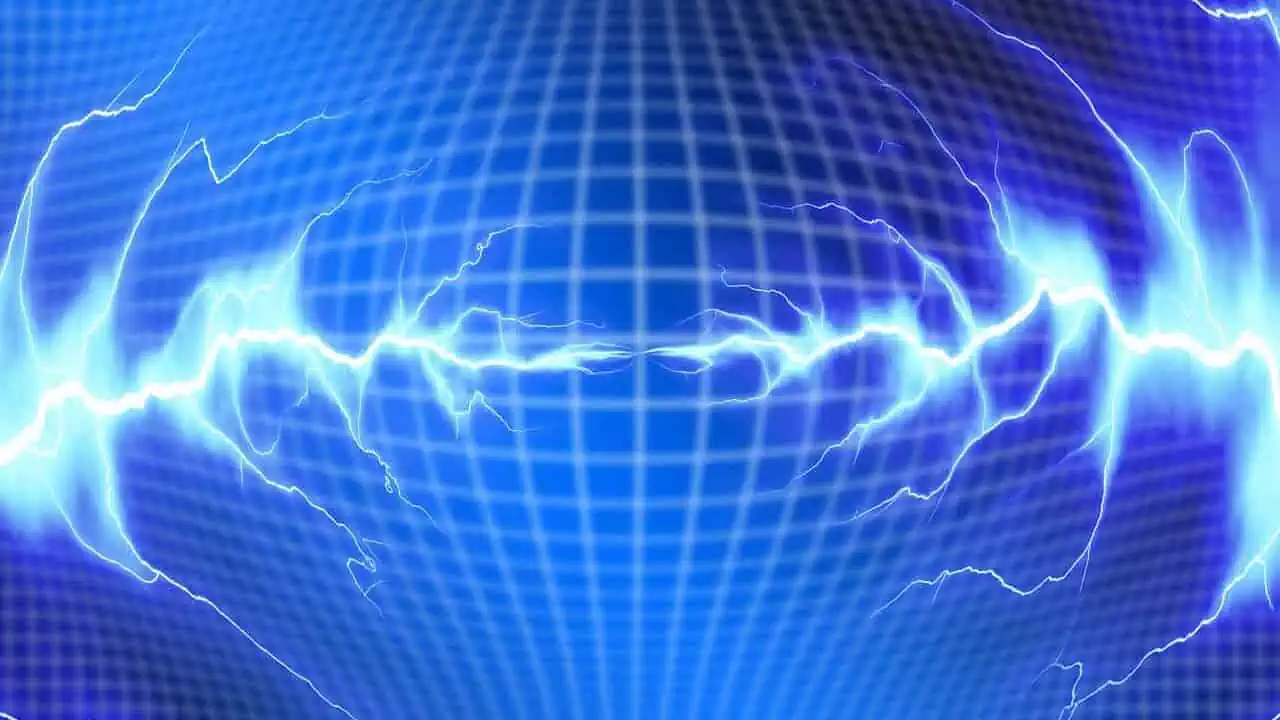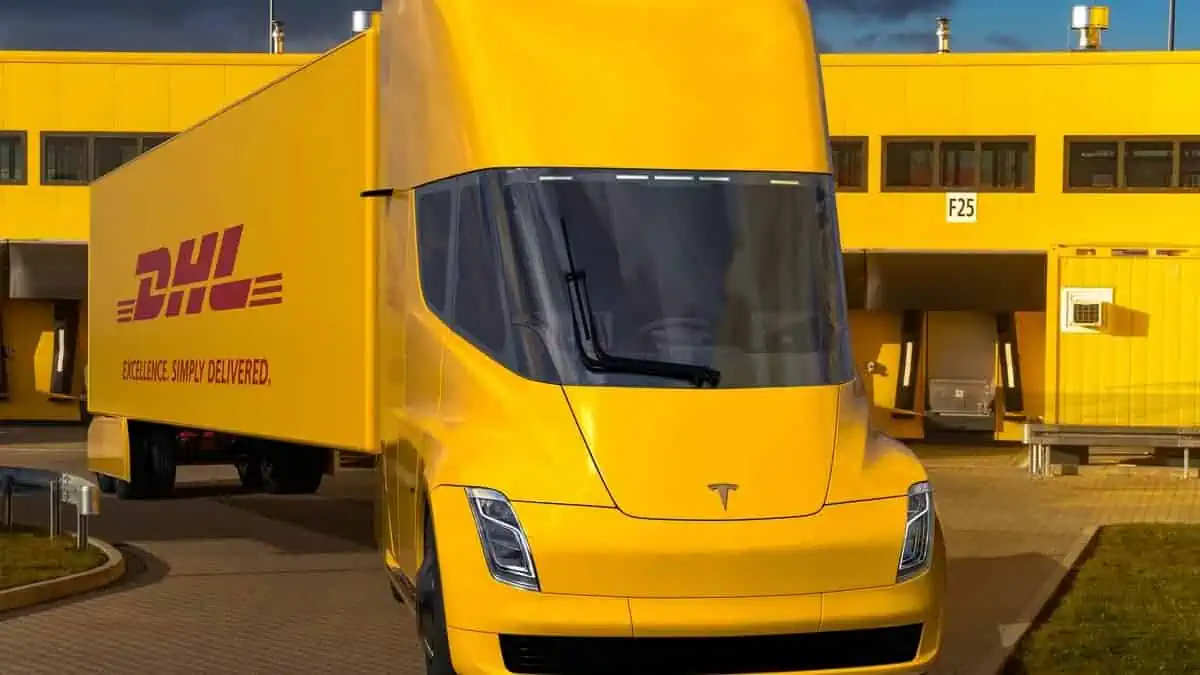One of the most common misconceptions people have about appliances is that leaving them on standby does not consume energy. However, it turns out that numerous home appliances could account for up to 10% of your electricity bills even when they are not in use due to their standby power consumption.
For context, standby power is the electricity an appliance draws when not in use.
Do appliances consume electricity even on standby mode?
According to Simple Energy, several home appliances, including ovens and air conditioners, use “passive standby” when plugged in but switched off. These appliances with passive standby mode only consume minimal energy.
Meanwhile, other devices, such as voice-activated smart systems or game consoles, use “active standby” mode. Unlike passive standby, it may need more complex standby sensors. It tends to run download content or checks in the background.
Simply put, these devices operate even when they are not in use. Therefore, they consume more energy to run on standby, which can reportedly cost 5 to 10 times more energy than passive standby mode, as per Canstar Blue.
How much does standby power add to your electricity bill?
Simple Energy claims that leaving many home appliances on standby could consume up to 10% of your household’s electricity bills. This consumption rate equates to approximately $100 to $150 per year.
Interestingly, home appliances on standby mode reportedly cost Australians a whopping $860 million annually.
Apart from the monetary consequences, standby power also has a substantial impact on the environment. For instance, one household with inefficient home appliances on standby mode could generate over 1000 kilograms of greenhouse gases annually.
List of appliances using standby power
In order to help you save on high electricity bills caused by standby power, here are the top 10 home appliances that consume energy even when not in use:
| Appliance on standby mode | Lowest annual cost | Highest annual cost |
| Wireless router | $7.13 | $41.58 |
| Multi-function printer | $0 | $32.06 |
| Digital video recorder (DVR) | $2.80 | $31.30 |
| Soundbar | $0.40 | $16.70 |
| Smart speaker | $0.27 | $9.92 |
| Washing machine | $0.01 | $7.60 |
| Microwave | $0.67 | $6.28 |
| Smart LED light | $0.71 | $5.55 |
| Powered wireless speakers | $1.54 | $5.78 |
| Laptop computer | $0.66 | $2.66 |
Energy savings tips
All that said, homeowners must start to practice switching off appliances and devices at the power outlet when they are not in use.
Homeowners can use “master/slave” powerboards to save energy. These powerboards can detect when owners shut down their “master” devices like computers and then automatically cut power to their “slave” appliances like printers and external hard drives.
In addition, you can adopt smart home devices to ensure more efficient usage. For example, you can set a timer system to turn off devices when you no longer need them at certain times of the day.






